“Las Hilanderas,” or “The Spinners,” is an oil-on-canvas painting by Diego Velázquez measuring 2.20 by 2.89 meters. It was painted in 1657. Pedro de Arce commissioned the work to commemorate a new tapestry factory in Madrid. The painting represents the Greek myth of Arachne, a talented weaver who challenged the goddess Athena to a contest and was turned into a spider as punishment for her excessive pride. In the foreground, we see five spinners with their tools, all at work and organized in a semi-circle in a dark room. The young spinner to the left pushes aside a heavy curtain. Next to her, an older woman, her head clad in a white kerchief, is busy spinning. The woman in the center, seated in shadow, is the axis between these two figures and the two figures on the right, one of them with her white-shirted back to us, and the other leaning over a basket. On a raised floor in the background there is a large tapestry reproducing Titian’s “Rape of Europa.” A few other women are also enigmatically depicted in a way that makes it hard to tell if they were meant to be real or part of the tapestry.
Velázquez shrewdly multiplied the space within the painting, creating visual illusions like that produced by the painting at the back of the artwork. For years, the painting was believed to be a simple representation of a day in the life of a spinning factory. Only in the 20th century was it seen as depicting the myth of Arachne: The spinning competition in which Athena took part, dressed as an old woman – as shown in the foreground – and the revelation of the goddess’s true identity as shown by the tapestry. In this interpretation, Athena is both the old spinner and the woman with the helmet – a traditional warrior symbol associated with the goddess. The younger spinner highlighted in the foreground on the right, and the central figure to the rear, is Arachne. Velazquez paid homage to Venetian painter Titian by including his work on the tapestry. [[NOTE FOR GRAFICS: Show a detail of Titian’s “Rape of Europa,” 1559-1562, in the Isabelle Stewart Gardner Museum, Boston]. The young lady opening the red curtain, which is portrayed as if it were a theater curtain, represents an invitation to the spectator to enter the scene and take part in a drama that is both reality and fiction. The painting is an example of how the realism of Caravaggio, the Fleming painters and Italian classicists was merged with the Baroque Era’s love of theater. “Las Hilanderas” was damaged in 1734 by a fire in the Royal Palace in Madrid.
Today, the painting is on display at the Prado Museum in Madrid.
Velázquez shrewdly multiplied the space within the painting, creating visual illusions like that produced by the painting at the back of the artwork. For years, the painting was believed to be a simple representation of a day in the life of a spinning factory. Only in the 20th century was it seen as depicting the myth of Arachne: The spinning competition in which Athena took part, dressed as an old woman – as shown in the foreground – and the revelation of the goddess’s true identity as shown by the tapestry. In this interpretation, Athena is both the old spinner and the woman with the helmet – a traditional warrior symbol associated with the goddess. The younger spinner highlighted in the foreground on the right, and the central figure to the rear, is Arachne. Velazquez paid homage to Venetian painter Titian by including his work on the tapestry. [[NOTE FOR GRAFICS: Show a detail of Titian’s “Rape of Europa,” 1559-1562, in the Isabelle Stewart Gardner Museum, Boston]. The young lady opening the red curtain, which is portrayed as if it were a theater curtain, represents an invitation to the spectator to enter the scene and take part in a drama that is both reality and fiction. The painting is an example of how the realism of Caravaggio, the Fleming painters and Italian classicists was merged with the Baroque Era’s love of theater. “Las Hilanderas” was damaged in 1734 by a fire in the Royal Palace in Madrid.
Today, the painting is on display at the Prado Museum in Madrid.
RELATED


THE ADORATION OF THE MAGI


TARANTULA


THE ECSTASY OF SAINT TERESA


DAVID (MICHELANGELO)


THE SCHOOL OF ATHENS


THE MONA LISA
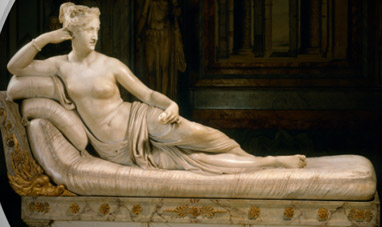

PAULINE BORGHESE


GREEK MYTHOLOGY
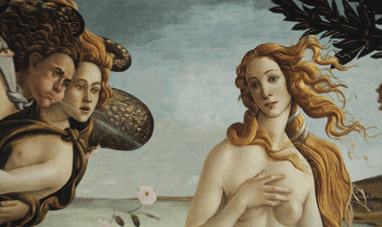

THE RENAISSANCE


THE MADONNA DI OGNISSANTI


IMPRESSION, SUNRISE
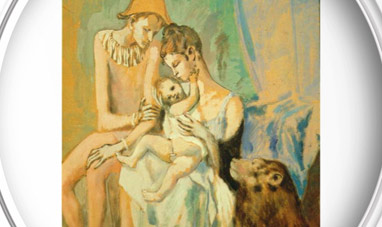

FAMILY OF ACROBATS, WITH MONKEY


MADONNA OF THE GOLDFINCH
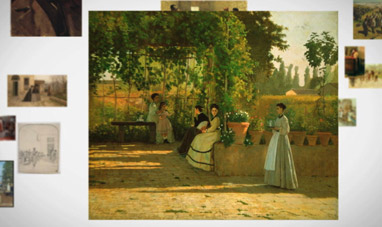

THE MACCHIAIOLI
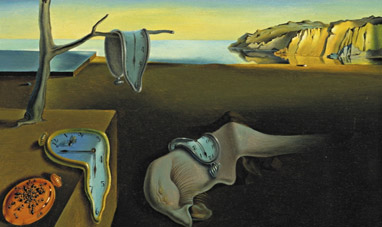

THE PERSISTENCE OF MEMORY


FRANCISCO GOYA


SATURN DEVOURING HIS SON
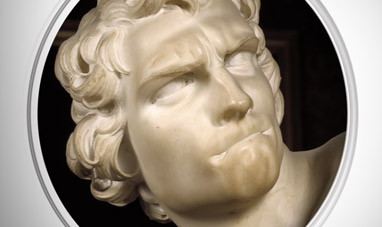

DAVID (BERNINI)


LAS MENINAS


FRANCESCO BORROMINI


BAROQUE
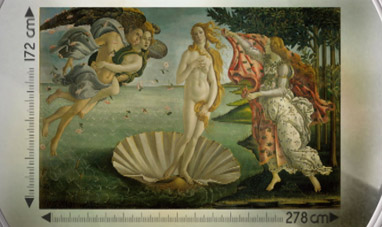

THE BIRTH OF VENUS
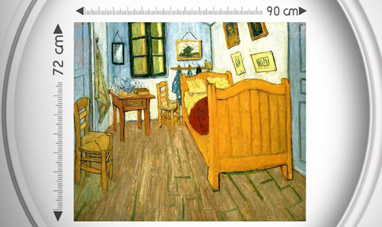

THE BEDROOM


THE LAST SUPPER


YOUNG BOY WITH A BASKET FRUIT
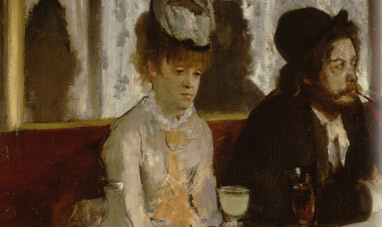

L'ABSINTHE


ROMANTICISM
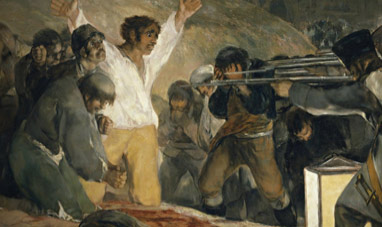

THE THIRD OF MAY 1808: THE EXECUTION OF THE DEFENDERS...


LADY WITH AN ERMINE
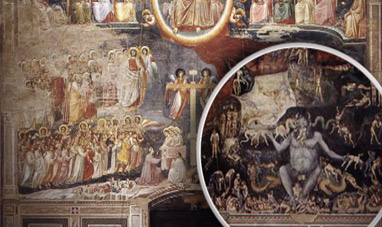

SCROVEGNI CHAPEL


THE THREE GRACES


MINISKIRT
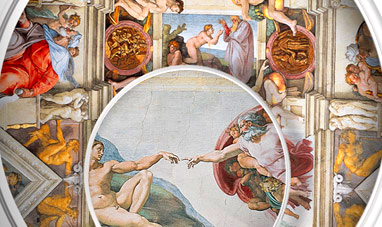

THE SISTINE CHAPEL


ST. PETER'S BALDACHIN


NEOCLASSICISM


BASKET OF FRUIT
